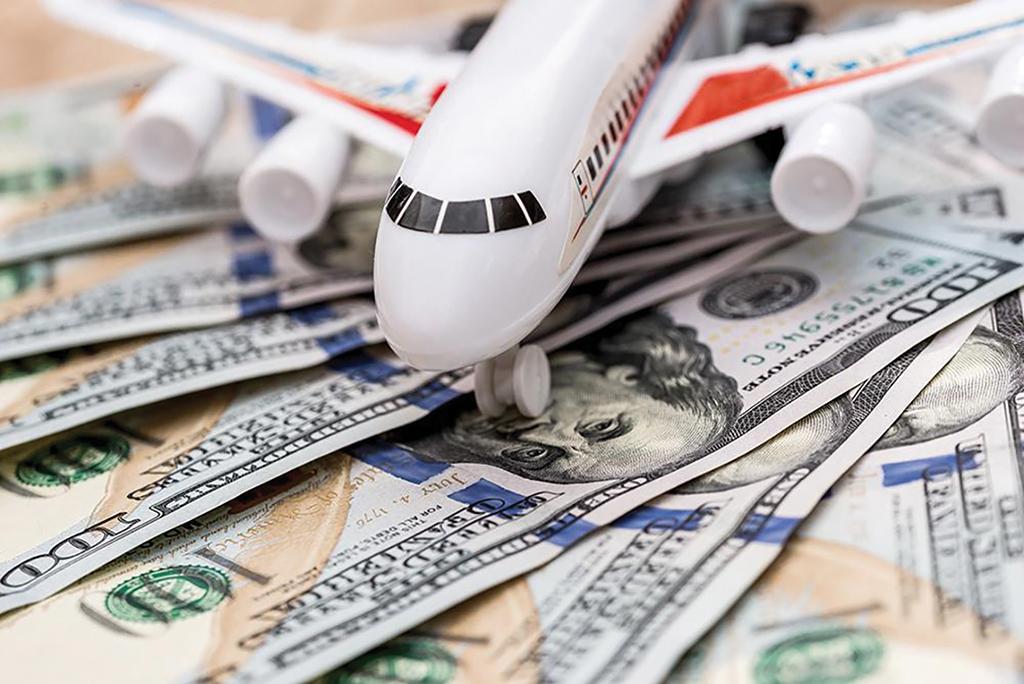
The environment for mergers and acquisitions (M&A) in the aerospace and defense sector is improving amid a decrease in the cost of capital, panelists said at Aviation Week Network’s Aero-Engines America conference on Feb. 29.
Data presented by Alton Aviation Consultancy shows that deals fell in terms of value and count from 2021 to 2023. The average deal was valued at $107 million in 2021, but fell to $74 million last year as investors reacted with wariness to historically high interest rates and surging inflation. Many deals have not gone through in the past two years.
However, inflation is now stabilizing while interest rates are not expected to climb higher, and commercial aerospace is continuing on the path to full recovery, Alton noted.
Investors are especially interested in engines and engine components, two segments that have been resilient despite the broader slowdown in deal flow. Alton noted 11 such transactions that have occurred since July 2021, six of which happened in the past 13 months.
Oliver T. Althoff, managing director and head of North America at Aviation, Aerospace & Defense Banking at Seabury Capital, said that the contraction that occurred in M&A “is a trend that is now reversing” as investors face less uncertainty.
One segment of commercial aviation that is increasingly attractive for M&A is MRO, panelists said. Ian Taylor, vice president of repair sales at Barnes Aerospace, said the growing appeal of MRO is a “matter of education” as investors are realizing it often incorporates the kind of advanced technology “that leads to nice multiples.”
One of the most notable of such recent transactions is AAR’s Corp’s December 2023 $725 million acquisition of Triumph’s Product Support Group, a third-party repair business that provides MRO services to both commercial and military operators spanning structural components, airframe and engine accessories, interiors, and wheels and brakes. Including estimated tax benefits of $80 million, AAR expects that the effective purchase price multiple will be 11.7 x fiscal 2024 earnings before interest, tax, depreciation and amortization (EBITDA) and 9.9 x factoring in about $10 million in run-rate synergies.
RBC Capital Markets estimates that the combined businesses could generate more than $220 million in adjusted operating income for AAR with a 9.2% adjusted margin.
In response to a question from the audience about the potential for “mega-mergers,” panelists said such big-ticket deals were unlikely under the current administration in Washington—although certain factors are especially likely to prompt antitrust action. Scrutiny of a deal would intensify if it were perceived to adversely impact consumers, said Jeff White, a partner at law firm Robinson & Cole. For that reason, a large airline merger “won’t happen” under the current administration, he said.
Deals involving parts and repair would be less likely to raise that red flag, but they could still run into opposition from the administration if there was a belief that jobs would be lost, he added.





